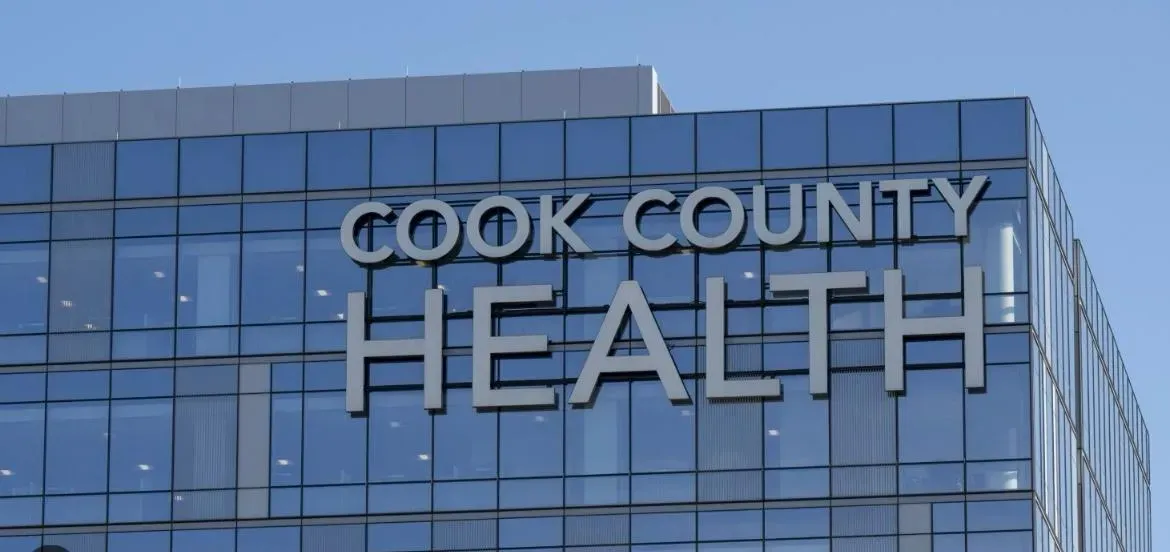From moving back and forth between the US and India, and having to adapt to new situations quickly throughout my life, one thing I have learnt is that life is not a race, but rather, a marathon.
My name is Shruthi Kumar, I am 31 years old, and I am a practicing doctor who is doing my fellowship in pulmonary medicine, in the US.
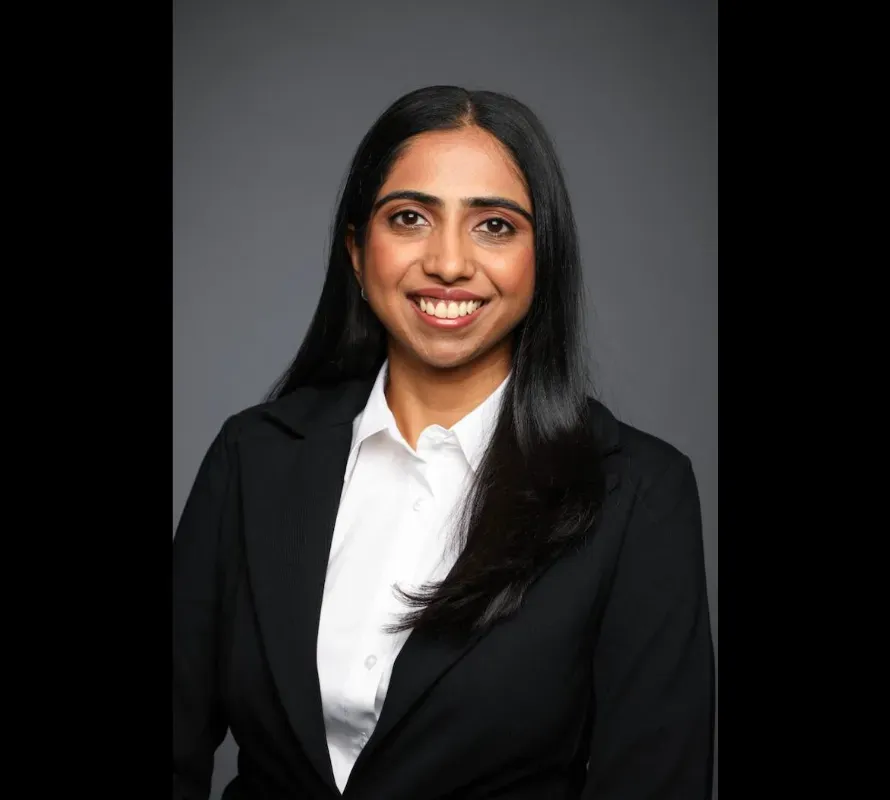
My Journey
US Schooling
As mentioned before, my journey started in the US before I moved there for my post-graduation. When I was around 2-3 years old, I moved to the US, where I completed elementary school.
Indian Schooling
Just as I had adjusted to the American system, I found myself packing my bags and heading back to India for my 6th grade, completing my high school at the National Academy for Learning in Bangalore.
I then completed my undergraduate studies at Bangalore Medical College, where I majored in medicine (MBBS).
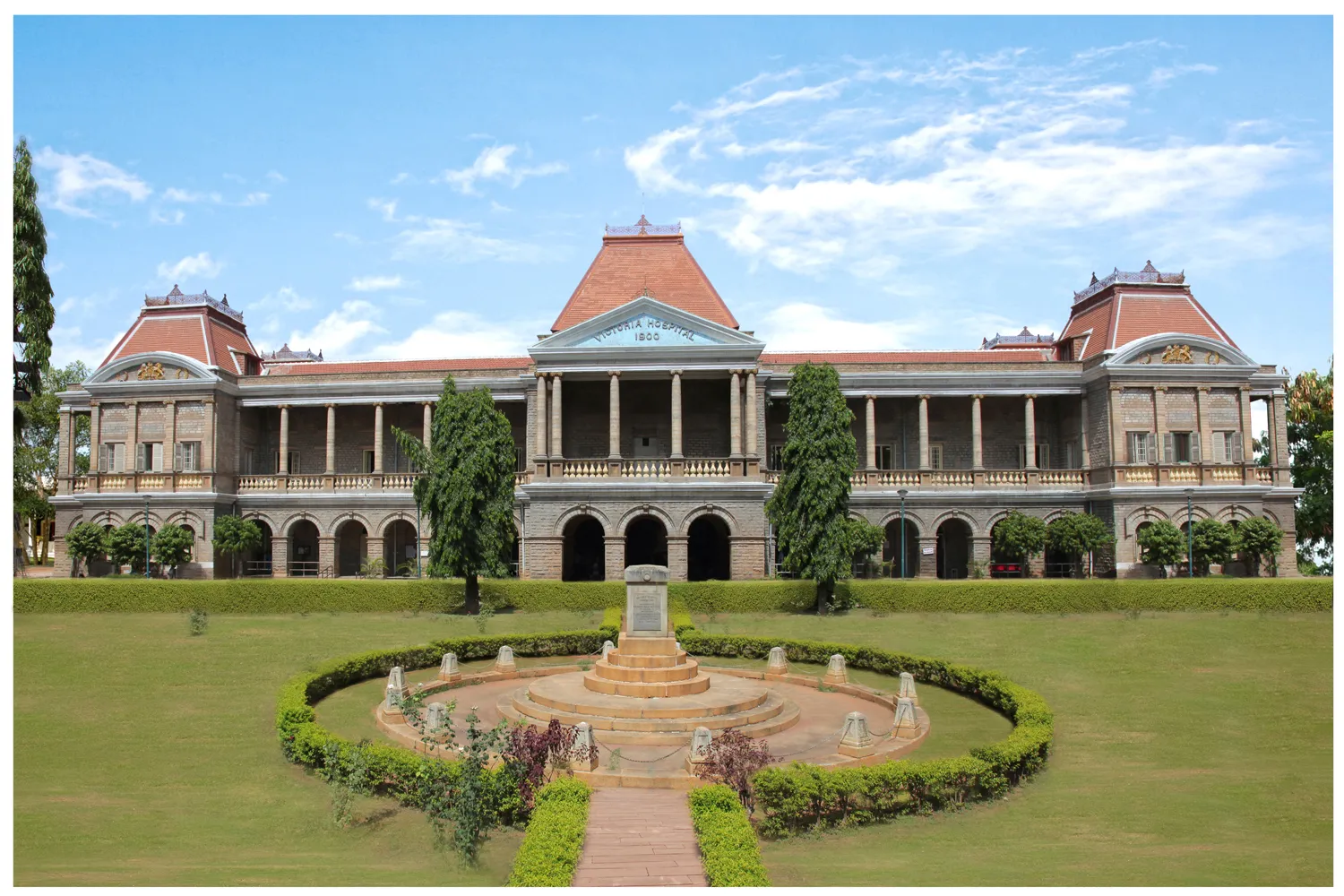
Pathway
During MBBS
During MBBS, I had to finish my USMLE step 1 and step 2. The USMLE is a standardized test for all Medical students wishing to practice in America (whether in the US or coming from overseas) that is compulsory.
Parallel to this, I had to do research affiliated with a university. I did this through the Johns Hopkins University School of Medicine. Part of the application process involves participating in research conducted by a professor.
After Reaching America
Once you have reached America, you will be required to complete your USMLE step 3.
After I finished step 3, I applied for intern jobs in hospitals, where I did a couple of rotations in local hospitals. This gave me experience in the American medical system and also provided me with letters of recommendation during my application for post-graduation (or residency).
Residency
After this process, you can apply to complete your residency through a university. I am completing my post-graduation through East Carolina University in Internal Medicine. Residency is the equivalent of your post-graduation.
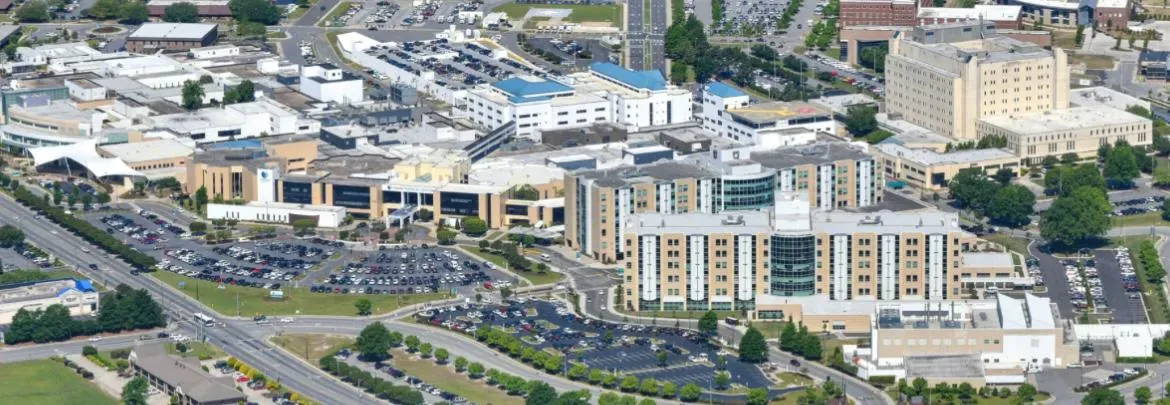
Stats
High School
During my 10th Grade board exam, I got 94.8%
During my 12th Grade board exam, I got 93%
Extracurriculars
Back in the Day
My extracurriculars were not formal, but rather, my hobbies—things I did to take a break and have some fun.
A personal favorite was the marathons I did around Bangalore. Each track was around 10-12 kilometres, and they were also a great way to exercise and burn energy.
During college, I used to help in the organisation of certain club-led events, with my help primarily focused on the literature aspect.
Trailing back onto the sports category, a lower-intensity activity I used to partake in was yoga.
These were all hobbies that I'd done from a young age, or picked up later on, and continued for a fair amount of time, which showcased my dedication and enthusiasm in the field.
Current Hobbies
Outside of the classroom (or hospital) now, I do a lot of fitness through Orange Theory. I still do yoga from time to time, and I love cooking. I love traveling, especially with my friends, and overall having a good time and getting my mind off things.
Medical Stipend
As a resident, I am paid a stipend to cover my living expenses, rather than a salary. This helps me cover the cost of living while also receiving my education. I only have to work in the hospital to receive this fee, not externally.
Personal Statement
A personal statement is the equivalent of a SoP as seen in many other courses.
I wrote about my experiences, why I chose medicine, and why I wanted to move to the US to do my residency. Furthermore, I had to draw on personal experiences, including my experiences in both countries and cultures before, my medical school experience, what it taught me, the kind of clinical patients we see, and my future goals.
Why Medicine?
In India, I chose medicine very early (17), so I felt like I didn't truly know what medicine was before I went into it.
But that being said, I felt like in school, I had always liked biological sciences. Moreover, I like the physiology of the human body, and I felt like medicine would give me a great pathway to further learn about that interest.
Additionally, I felt that medicine had a humanistic side, which was important to me. I have always loved talking to people and listening to their individual stories, so I felt that medicine significantly integrated both of those interests very well and catered to my desires.
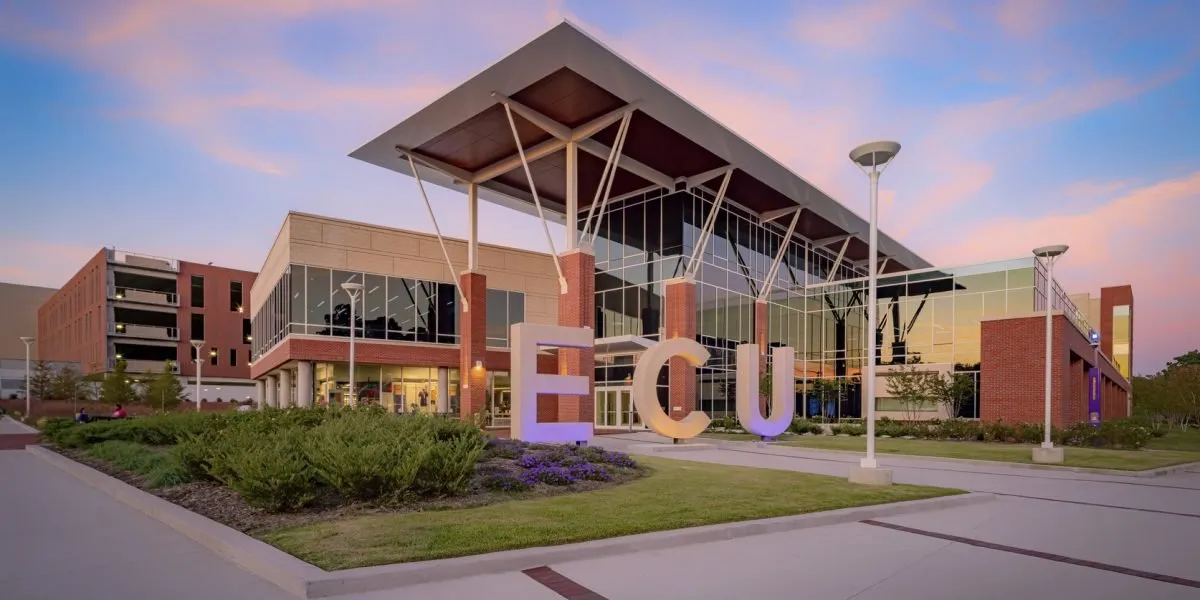
Expenses
North Carolina
In North Carolina, I spent around $900 (USD) on rent, but by the time the month's expenses came through (including groceries, car expenses, and others), it would add up to $2500.

Chicago
I currently live in Chicago, and in a larger city like this, my rent alone comes up to $2200 per month. With other expenses added to that, my total expenses per month can reach up to $3600.
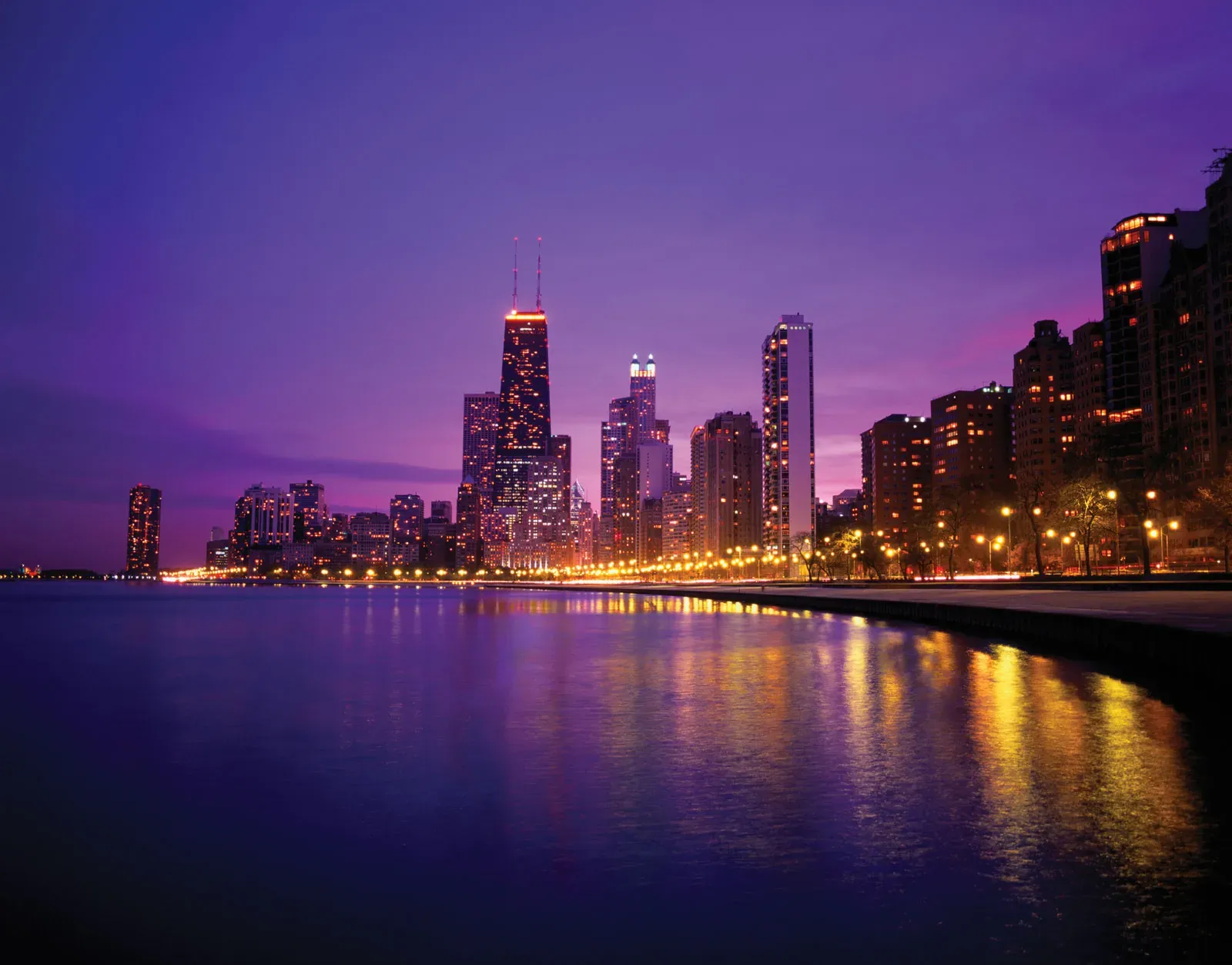
Application Submission
What to Submit
There were a few things I had to include in my submission, including my:
Personal statement,
Recommendation letters (which I had 3 to 4),
ECFMG certificate,
CV (cover letter).
My recommendation letters came from supervisors in the hospital and clinics where I did rotations in the US. Gaining letters from these doctors provides universities with familiarity.
ECFMG Certificate
An ECFMG certificate is the Educational Commission for Foreign Medical Graduates certificate. When you are a foreign medical graduate, you have to get this certification. After you write the first 2 steps of the USMLE, and you have graduated medical school, it's all verified through an organisation, whereafter you receive your ECFMG certificate.
Cover Letter
My CV included any publications that I did, extracurricular activities, the places where I rotated for the U.S. clinical experiences, and so on.
ERAS
ERAS is a software program that provides a standardised template to help structure your application.
The software allowed me to upload the recommendation letters, which are waived in the sense that we don't see them—the people who write the letters upload them to that portal. I wrote my personal statement and uploaded it to that portal. The CV had certain sections that I had to fill out, and it auto-generated as a CV.
Once we certify it, our application is sent to the programs electronically.
If you are successful, the next round includes an interview link sent to you through the portal.
Here is a link to learn more about ERAS.
Resources
A major resource that I used to guide me was online blogs, where other people would write about their experiences and I would base my own journey on that.
There are resources to help you with the interview process too, one that helped me was "USMLESarthi". They offer a lot of services, including people who proofread your CV and personal statement, and help with interview preparation—since it is a different scenario from India to the US. I only took the interview preparation course, and that was helpful because it helped me run through the common interview questions that were asked and the behavioral questions that were asked. It also helped to have a third person give me feedback on different aspects like how I sounded, and even the logistics of how I presented myself, so it was a useful resource.
Here is the link to USMLESarthi.
Costs
USMLE Fees
The USMLE tests will cost you $5,500 to complete due to registration fees.
US Clinical Experience
Applying to US universities for clinical experience ranged up to $5,000. While some universities allow you to gain experience for free, others require you to pay a fee.
Application
Application fees were $25/program.
As an international student, the total application fee came up to $3500.
Total Cost
The total cost after the flight tickets, applications, and everything adds up to around $ 20,000.
Differences and Adaption
Education Style
India was much more clinical, slightly more hands-on, and used more technology. A significant portion of the curriculum was based on textbooks, whereas I feel like the US curriculum is also clinical. However, in terms of patient load, I would approach patients differently. Although we would see a lesser number of patients, we would have to be a little more thorough.
While both systems presented their individual strengths and weaknesses, the US system lines better with my style of learning.
A couple of other differences include the documentation style of clinical notes and the difference in test-taking.
Adaption Process
The first week I went back, I had just set everything up and then met everyone. It was definitely a learning curve, and I would say initially there was also a touch of homesickness since I had to constant imposter syndrome of "Did I make the right decision?" for a while.
The first four or five months of residency were a little hard, but after learning and adjusting to a new system of medicine, I felt that it was normal, almost.
I also had great friends in residency and we all had a good time, it was very nice and had a good cultural mix of people.
Overall, it’s really important to find people you sort of “vibe” with and find people from different backgrounds and experiences that allow you to learn something new too. A lot of my friends loved the Indian chai, which helped us get closer as a whole. Like this, different cultures offer different experiences. Embrace all of it, and enjoy your time there as a whole, since you only get one shot at it.
